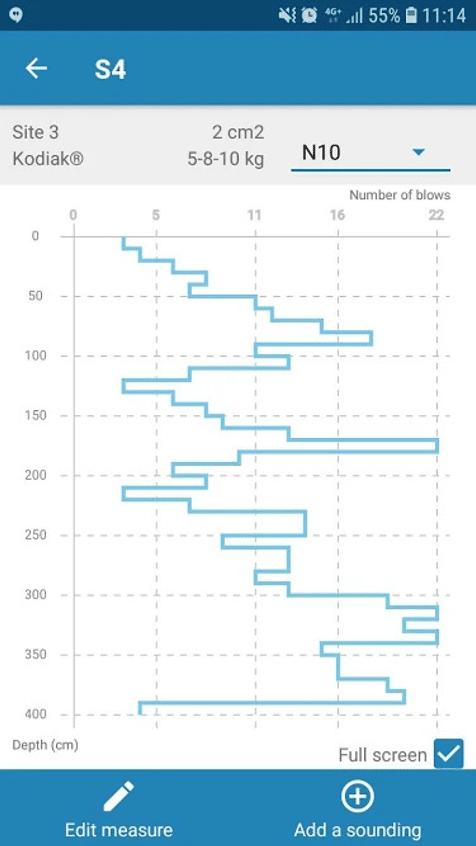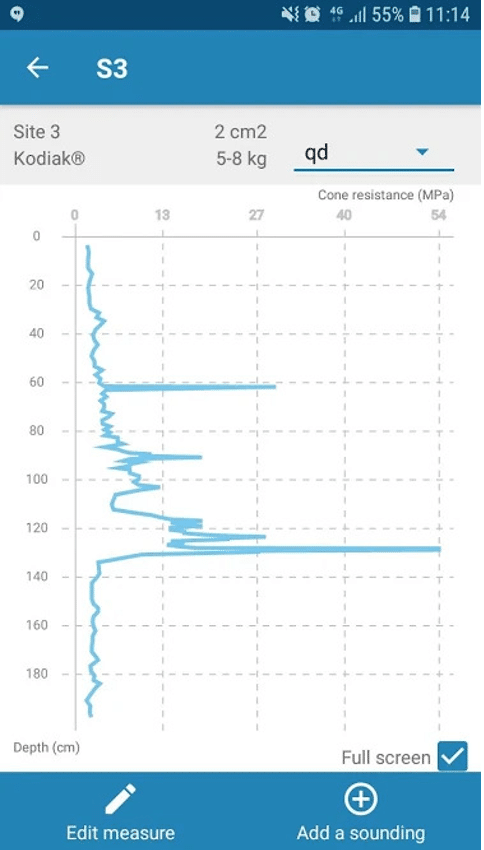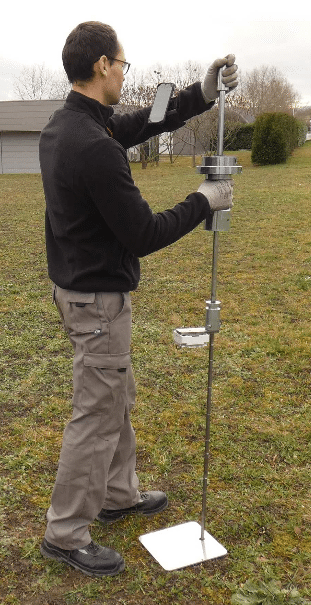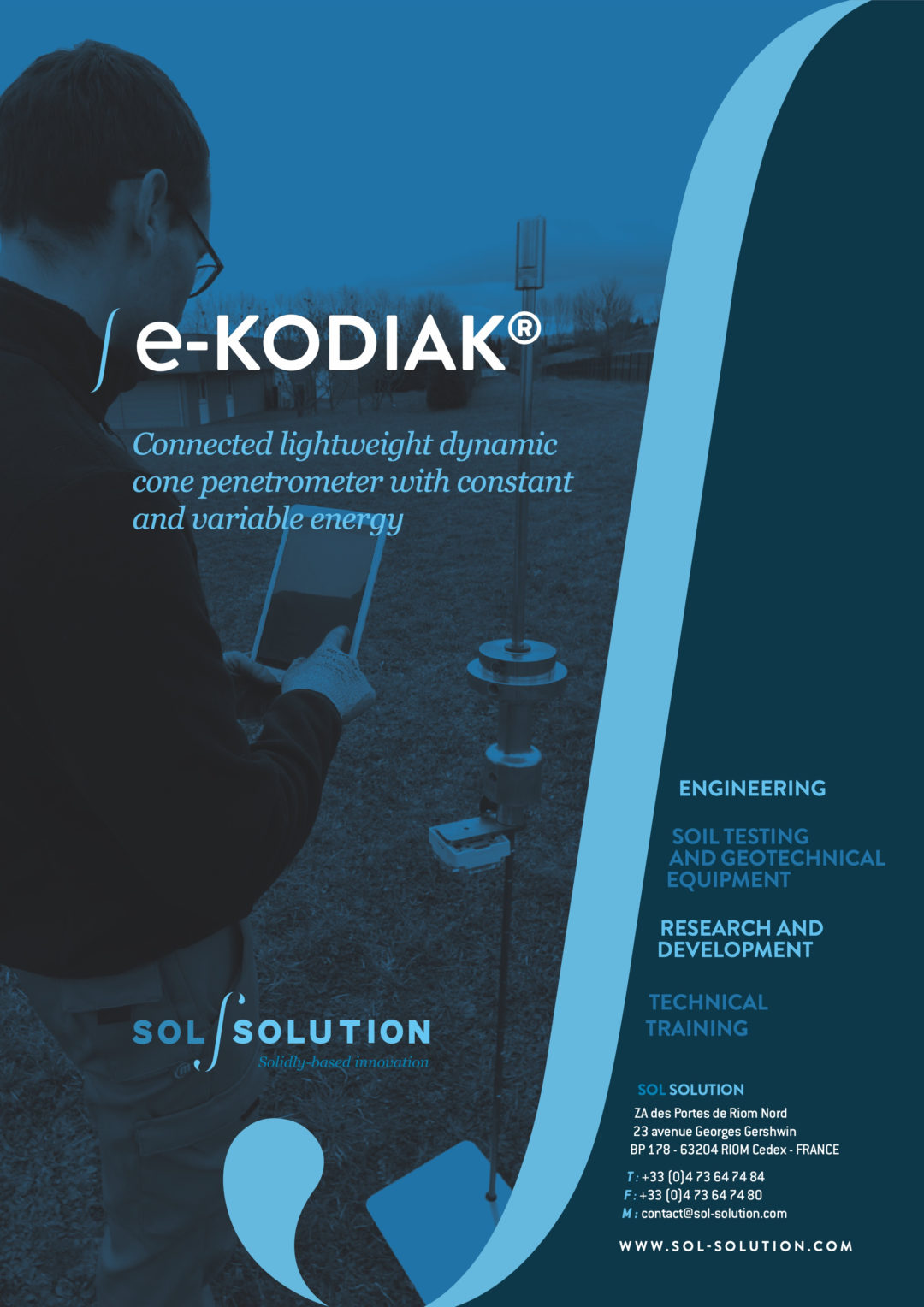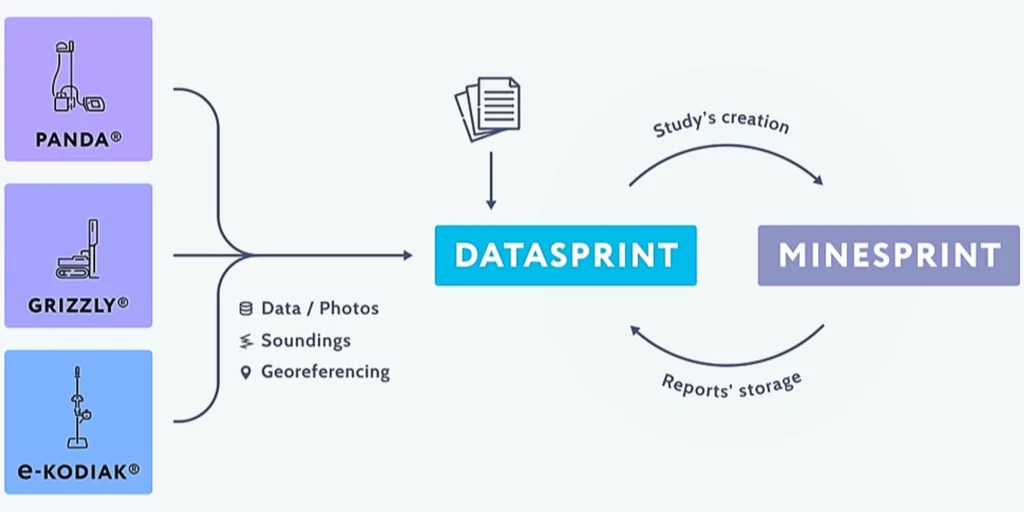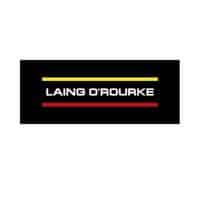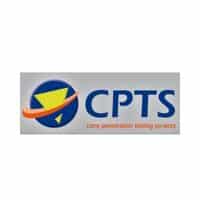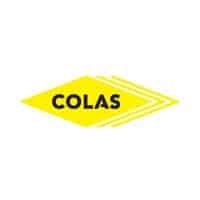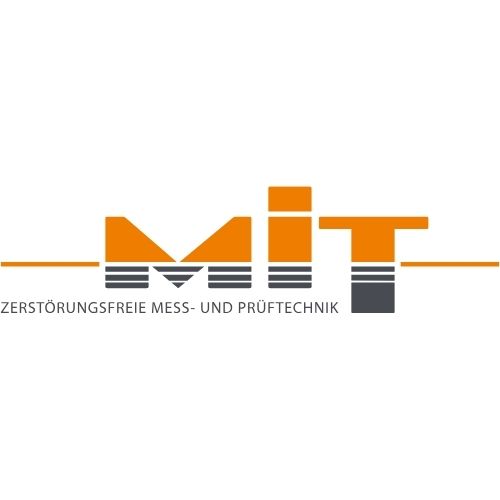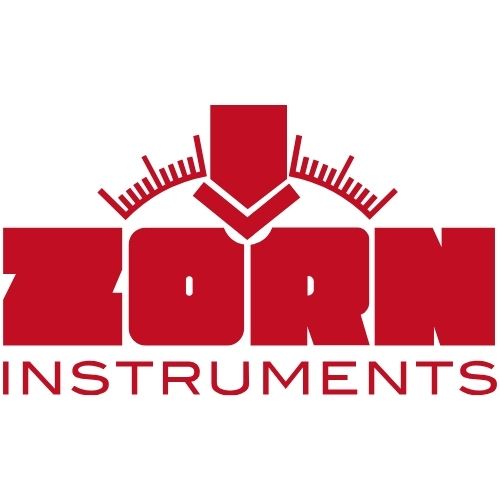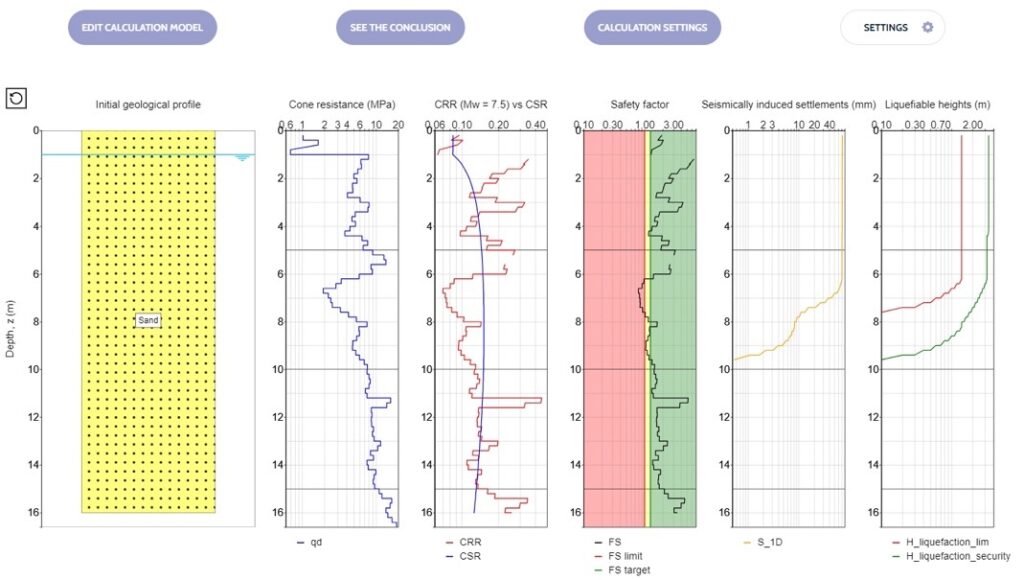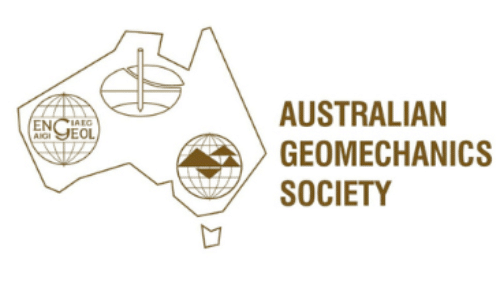eKODIAK® Multi-Mass Automated Dynamic Cone Penetrometer (DCP)
- Used for site investigation
- Portable method for evaluating soil strength
- Depth per blow automatically recorded, improving data resolution
- Immediate electronic data capture and results presentation so that on-site decisions can be made straight away
- Varying the hammering energy enables both stiff and soft material to be assessed with higher resolution
- Overcomes rod friction issues
- Meets EN ISO 22476-2 standard
The eKODIAK® Automated Dynamic Cone Penetrometer (DCP) measures a material’s in-situ resistance to penetration through the depth profile of the material.
The eKODIAK® Multi-Mass Automated DCP benefits from 5kg, 8kg and 10kg drop weights. Varying the hammering energy enables both stiff and soft material to be assessed producing more data points, even within the same test.
To minimise rod friction, cones larger than the diameter of the rods are used, enabling meaningful data to be collected below the 1-2m limitation of the traditional DCP.
To facilitate data acquisition, the SolSolution DCP mobile application (iPhone/iPad and Android) is used to GPS locate tests, record data and visualise in real time the penetrograms.
With the eKODIAK®, the depth of penetration of each blow is measured automatically and populates the SolSolution DCP app, increasing the resolution of the results. The cone resistance Qd (soil resistance under the cone) is calculated in relation to the penetration depth per blow.
Rods extraction is done using the mechanical rod extractor.
The Dynamic Cone Penetrometer (DCP) is an in-situ test to determine the geotechnical properties of soil by driving rods and cone into the ground using a mass falling from a fixed height and therefore having a constant energy.
Soil Investigation
Site characterisation is unarguably the most important, but also most “difficult”, component of geo-engineering. The eKODIAK® Multi-Mass Automated DCP is designed to improve the quality of site characterisation and reduce the difficulties involved.
To minimise rod friction, cones larger than the diameter of the rods are used, enabling meaningful data to be collected below the 1-2m limitation of the traditional DCP. The typical operating range of the eKODIAK® is up to 5 metres depth in soils with a cone resistance of 20-30 MPa.
eKODIAK® data is downloaded to WebSprint©, the cloud based software for securely storing, processing and interpreting your geotechnical data. WebSprint© facilitates easy collaboration across your team andgives you access to the soil investigation and correlations modules. The soil investigation capability which enables you to plot:
- a geological profile (database available) associated with the penetrogram, giving a pictorial representation of the geology and stiffness of the ground, Qd.
- Bearing capacity estimation
- California Bearing Ratio (CBR)
Using WebSprint©, you also benefit from the correlations module with extensive correlation research with:
- Soil characterisation parameters including friction angle, undrained shear strength, shear wave velocity and deformation modulus.
- Other geotechnical tests e.g. Standard penetration test (SPT), Cone Penetration Test (CPT), Pressuremeter test (PMT)
Advantages
The advantages of the eKODIAK® Multi-Mass Automated DCP include:
- Faster
- Provides immediate results so that on-site decisions can be made straight away.
- 5-10 minutes per test typical with results viewable on site
- Accurate and Repeatable
- Overcomes rod friction issues
- Non destructive (almost)
- Reduced errors
- Equipment is instrumented and data is automatically recorded
- Results are machine produced (overcoming manual data recording, transposition or calculation errors and fictitious results)
- Improved data flow and integrity with WebSprint©
- GPS located and time stamped – know where and when every test is done
- Visually presented results
- Graphical representation of the data (penetrogram) on the mobile phone, potting penetration depth per blow or blows per 10cm
- Improved safety
-
- Safe to operate (overcomes the safety issues of hand / finger crushing associated with the conventional Dynamic Cone Penetrometer (DCP)
- Cost effective
- One person operation, rather than 2 for the traditional DCP
If you are interested in a fully instrumented Dynamic Cone Penetrometer (DCP), the PANDA® Instrumented Variable Energy DCP may suit your needs.
Multi-Mass Automated Dynamic Cone Penetrometer (DCP) Service and Spare Parts
Insitutek are proud to represent Sol Solution eKODIAK® Multi-Mass Automated Dynamic Cone Penetrometers (DCP’s) in Australia, New Zealand and the Pacific Islands and provide a very high level of client support.
We offer a complete spectrum of services including after-sale technical support, servicing and repairs. Our service centre is also well stocked with spare parts and consumables.
To find out more, Contact Us.

